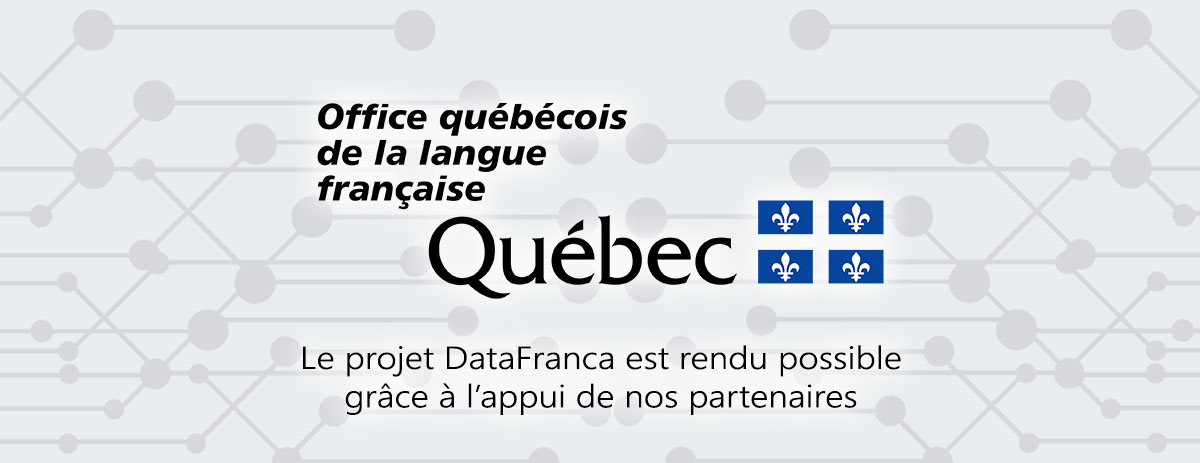|
Balise : Cible de la redirection modifiée |
| (5 versions intermédiaires par 2 utilisateurs non affichées) |
| Ligne 1 : |
Ligne 1 : |
| ==en construction==
| | #REDIRECTION [[Réseau antagoniste génératif]] |
|
| |
|
| == Définition ==
| | [[Catégorie:ENGLISH]] |
| XXXXXXXXX
| |
| | |
| == Français ==
| |
| ''' XXXXXXXXX '''
| |
| | |
| == Anglais ==
| |
| ''' Generative adversarial network'''
| |
| | |
| A generative adversarial network (GAN) is a class of machine learning frameworks designed by Ian Goodfellow and his colleagues in 2014.[1] Two neural networks contest with each other in a game (in the form of a zero-sum game, where one agent's gain is another agent's loss).
| |
| | |
| Given a training set, this technique learns to generate new data with the same statistics as the training set. For example, a GAN trained on photographs can generate new photographs that look at least superficially authentic to human observers, having many realistic characteristics. Though originally proposed as a form of generative model for unsupervised learning, GANs have also proven useful for semi-supervised learning,[2] fully supervised learning,[3] and reinforcement learning.[4]
| |
| | |
| The core idea of a GAN is based on the "indirect" training through the discriminator, which itself is also being updated dynamically.[5] This basically means that the generator is not trained to minimize the distance to a specific image, but rather to fool the discriminator. This enables the model to learn in an unsupervised manner.
| |
| | |
| <small>
| |
| | |
| [https://en.wikipedia.org/wiki/Generative_adversarial_network Source : Wikipedia Machine Learning ]
| |
| | |
| | |
| [[Catégorie:vocabulary]]
| |
| [[Catégorie:Wikipedia-IA]] | |







